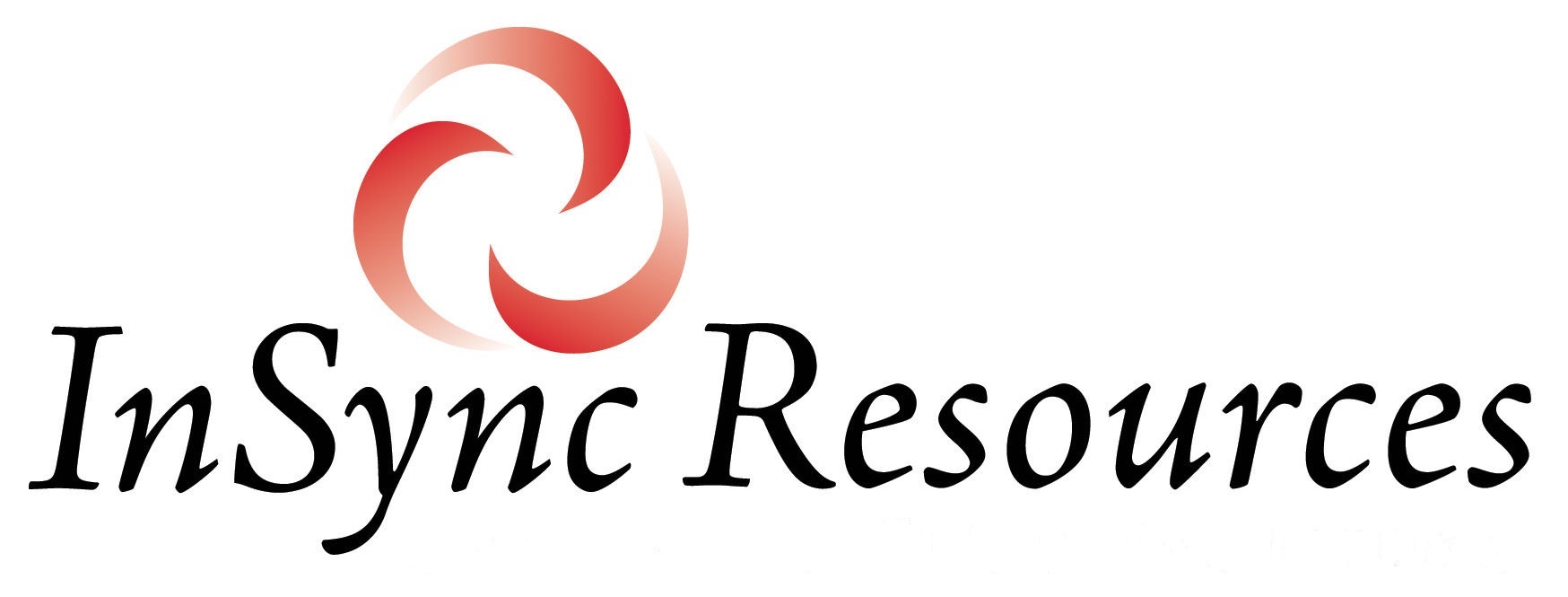
You know it’s best to network your way to your next job and that it’s important to articulate your personal brand when you’re networking. Let’s look at how to bring your personal brand into the way you introduce yourself, as well as how to frame your career transition in your introduction statement.
What is an Introduction Statement?
Also commonly known as an elevator pitch, this is what you’ll say when you introduce yourself to someone new. Though your introduction statement will most commonly be used in professional settings, there are times when you might find yourself being asked about what you do for a living while in a social setting, and you most definitely will need to use your introduction statement when you’re looking for a job.
Your introduction statement won’t be very long, and you might have a 15-second version, a 30-second version, etc. It depends on the context in which you’re using it.
Guidelines for a Memorable Introduction Statement for Career Transition
First, you’ll want to start with a good hook to grab attention. Make what you’re saying about yourself compelling, as well as easy to understand. It’s best to tell them what you’re talented in and passionate about in a way that is unique but also accessible and understandable to the average person who might not be familiar with your profession and/or industry. In other words, try to avoid using jargon that won’t mean anything to the listener.
For example, someone may say, “I am a Java programmer.” Okay, so perhaps you know that Java is the name of a software programming language. But to some it might conjure up an image of coffee or the island in Indonesia. Here’s a more compelling and understandable version: “I work behind the scenes to make computers do what we want them to do, and I’m particularly good at working with Java programming language.”
Next, you want to make a reference to your career transition and future focus, putting a positive spin on it, of course. Here are a few examples:
- If you’ve been laid off/terminated: “My position at XYZ Inc. was eliminated, and I’m looking for my next great job in a really great company.”
- If you’ve quit voluntarily to relocate: “I’ve relocated from ____, and I’m looking for my next great job in a really great company here.”
- If you’re returning to the workforce after an absence: “After taking some time away from my career, I’m excited about jumping back in with a great company.”
- If you’re still currently employed: “I’m ready for a new challenge, so I’m putting some feelers out there to explore my options.”
Finally, if it’s appropriate, you might want to tag on an “ask” at the end. Whether it makes sense to ask for something or what that something might be will depend on who you’re talking to – each case is unique. If you’re looking for a job, you might ask something like, “Since I’m new to town and you’re in that industry too, do you have any advice for me or thoughts on who I should talk to?” Or you could ask something like, “… so, do you know anyone who’s hiring in that industry?”
Converting Resume Branding Statements to Introduction Statements
Your personal branding statement is often included within the positioning statement (first sentence in the summary section) on your resume. Here are some examples of resume positioning statements:
- Commercial Photography Professional with solid aptitude for art buying, creative project coordination and art media production.
- Marketing Specialist with a passion for creating and implementing strategies to increase brand awareness for the company’s products or services.
- Corporate Real Estate Manager with strong expertise in site selection and strategic planning.
And here are ways the positioning statements above might be converted into verbal branding statements to be used in an introduction:
- I’m a Commercial Photographer, but I’m also really interested in using my skills for art media production where I could coordinate creative projects or be in an art buyer role.
- I work in the marketing side of the business. What I love most is coming up with and carrying out creative ideas and strategies to increase brand awareness and successfully promote my company’s products or services.
- I’ve been working in corporate real estate for a while, and what I’m doing now is using my background for strategic planning and site selection. I find available properties and determine if the sites are viable so the business can expand and add new physical locations.
Adapt As Needed
One more thing to keep in mind is that your introduction statement will morph according to the environment you’re in and to whom you’re speaking. Also, sometimes it’s not appropriate to ask for help. Sometimes it’s better to be offered help instead. Sometimes your introduction statement will be short and sweet, and sometimes you can go into detail. There will also be times when you’ll only mention your unique talent because you’re talking to others who do exactly what you do and so you don’t need to make it as explanatory.
Like a resume, your introduction statement is a living breathing thing that will change according to your needs. And you’ll very likely continue to tweak it here and there as you try it out again and again.
Additional Resource
Check out the article, How To Give an Elevator Pitch, from the Indeed Career Guide – it’s excellent and also contains some good examples to inspire you.
